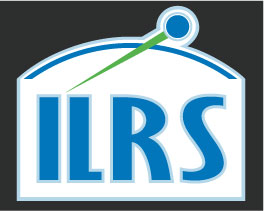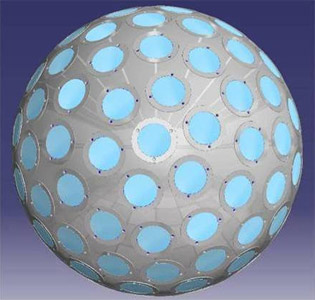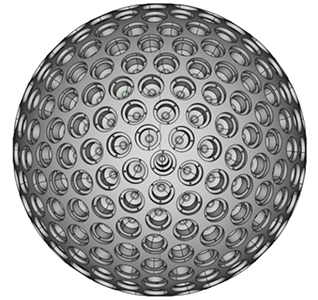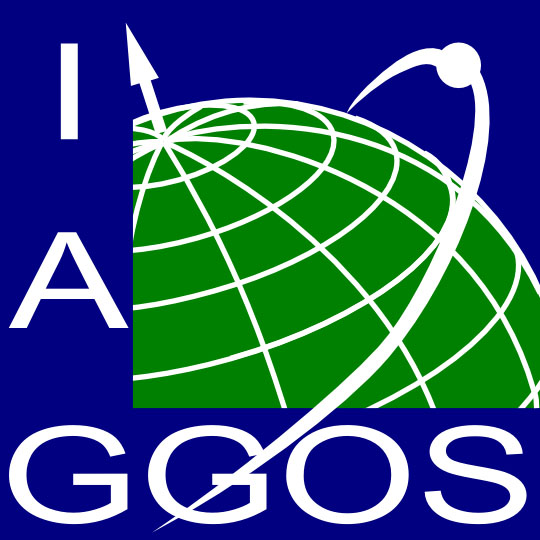
LARES - LAser RElativity Satellite
Jump to: Mission Objectives, Mission Instrumentation, Mission Parameters, Additional Information
Mission Photos:
Mission Objectives:
LARES and LARES-2 will achieve important measurements in gravitational physics, General Relativity, space geodesy and geodynamics, in particular, together with the LAGEOS-1 and LAGEOS-2 satellites and with the GRACE models, it will provide a very accurate determination of the Earth gravitomagnetic field and of the Lense-Thirring effect.
Mission Instrumentation:
The LARES satellite is covered with 92 uncoated cube corner reflectors made from Suprasil 311. Each cube measures: height=27.889 mm, diameter=38.10 mm.
The LARES-2 satellite is covered with 303 uncoated cube corner reflectors made from Fused silica Corning 7980. Each cube measures: height=19.05 +/- 0.25 mm, diameter=25.4 mm.
Mission Parameters:
| Satellite | LARES | LARES-2 |
| Sponsor: | ASI/ESA | ASI/ESA |
| Expected Life: | Many decades | Many decades |
| Primary Applications: | Relativity | Relativity |
| COSPAR ID: | 1200601 | 2208001 |
| SIC Code: | 5987 | 5988 |
| Satellite Catalog (NORAD) Number: | 38077 | 53105 |
| Launch Date: | 13-Feb-2012 | 13-Jul-2022 |
| Satellite Radius: | 182 mm | 212 mm |
| RRA Shape: | Sphere | Sphere |
| Reflectors: | 92 corner cubes | 303 corner cubes |
| Size of Reflector: | 38.10 mm diameter | 25.4 mm diameter |
| Orbit: | circular | circular |
| Inclination: | 69.5 degrees | 70.16 degrees |
| Altitude: | 1450 km | 5899 km |
| Eccentricity: | 0.0 | Between 0 and 0.0025 |
| Weight: | 386.8 kg | 297.5 kg |
LARES-2 – CCR cavity coordinates of the cavities of the retroreflectors provided by SIA-Sapienza LARES 2 Team
The coordinates provided are the Cartesian coordinates of the center of the front-faces of the Corner Cube Reflectors (CCRs) mounted on the cavities machined on the sphere of diameter 0.212 meters. The origin of the coordinate system is the center of the sphere.
The distribution of the CCRs was done so that when viewed from the ground, the CCR distribution looks practically the same regardless of the attitude of the satellite. However, since the satellite needed to be maintained in place during launch and withstand the severe launch environment (vibrations, acceleration up to about 5g, shock during separation, although the actuator used are non-explosive (NEA), still some moderate shock occurs) some adjustments had to be made to accommodate the interfaces with the separation system of the LARES 2 satellite. The design of the separation system was done so as to minimize the impact on the CCR optimal distribution. The separation system maintained the satellite in place by engaging four pins into four hemispherical cavities in the equator of the satellite and by other contact areas on the south pole of the satellite where a pre-loaded pushing spring was located. Some more details on LARES 2 and CCR distribution are reported in the following publications listed below.
- Ciufolini I., Paolozzi A., Pavlis E.C. et al. (2023). “The LARES 2 satellite, general relativity and fundamental physics”, Eur. Phys. J. C, 83:87, doi: 10.1140/epjc/s10052-023-11230-6.
- Ciufolini, I., Paris, C. (2021). “Status of the LARES and LARES 2 space experiments”. Eur. Phys. J. Plus 136, 1030, doi: 10.1140/epjp/s13360-021-01980-1.
Additional Information:
Websites:
- ASI home page
- LARES Mission home page
Publications:
- Arnold, D. A., "Thermal-optical design of a geodetic satellite for one millimeter accuracy," Advances in Space Research, Volume 65, Issue 10, 2020, Pages 2276-2289, DOI: 10.1016/j.asr.2020.01.031
- Ciufolini I., Matzner R., Paolozzi A. et al., (2019). "Satellite Laser-Ranging as a Probe of Fundamental Physics." Scientific Reports, 9(1):15881, doi: 10.1038/s41598-019-52183-9
- Ciufolini I., Paolozzi A., Pavlis E.C. et al., (2019). "An improved test of the general relativistic effect of frame-dragging using the LARES and LAGEOS satellites", The European Physical Journal C, 79(10), 872, doi: 10.1140/epjc/s10052-019-7386-z
- Ciufolini I., Paolozzi A., Pavlis E.C. et al. (2023). "The LARES 2 satellite, general relativity and fundamental physics", Euro. Phys. Journal C., 83(1), 87, doi: 10.1140/epjc/s10052-023-11230-6
- Kucharski D., Lim H.C., Kirchner G. et al., (2014). "Spin Axis Precession of LARES Measured by Satellite Laser Ranging", IEEE Geoscience and Remote Sensing Letters, 11(3), 646-650, doi: 10.1109/LGRS.2013.2273561
- Loomis B.D., Rachlin K.E., Luthcke S.B. (2019). "Improved Earth oblateness rate reveals increased ice sheet losses and mass-driven sea level rise". Geophys. Res. Lett, 46, 6910–6917, doi: 10.1029/2019GL082929
- Loomis B., Rachlin K., Wiese D. et al. (2020). "Replacing GRACE/GRACE-FO C30 With Satellite Laser Ranging: Impacts on Antarctic Ice Sheet Mass Change", Geophys. Res. Lett., 47, e2019GL085488, doi: 10.1029/2019GL085488
- Lucchesi D.M., Anselmo L., Bassan M. et al. (2019). "General Relativity Measurements in the Field of Earth with Laser-Ranged Satellites: State of the Art and Perspectives", Universe, 5, 141, doi: 10.3390/universe5060141
- Lucchesi D., Visco M., Peron R., et al. (2020). "A 1% Measurement of the Gravitomagnetic Field of the Earth with Laser-Tracked Satellites", Universe, 6(9), 139, doi: 10.3390/universe6090139
- Paolozzi A. Ciufolini I., Vendittozzi C. (2011). "Engineering and scientific aspects of LARES satellite", Acta Astronautica, 69(3-4), 127-134, doi: 10.1016/j.actaastro.2011.03.005
- Paolozzi A., Ciufolini I. (2012). "LARES successfully launched in orbit: Satellite and mission description", Acta Astronautica, 91, 313-321, doi: 10.1016/j.actaastro.2013.05.011
- Paolozzi A., Ciufolini I., Paris C., Sindoni G. (2015). "LARES: A New Satellite Specifically Designed for Testing General Relativity", International Journal of Aerospace Engineering, 341384, doi: 10.1155/2015/341384
- Rodriguez J., Appleby G., Otsubo T. (2019). "Upgraded modelling for the determination of centre of mass corrections of geodetic SLR satellites: impact on key parameters of the terrestrial reference frame", J. Geodesy, 93(12), 2553-2568, doi: 10.1007/s00190-019-01315-0






